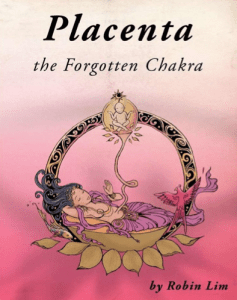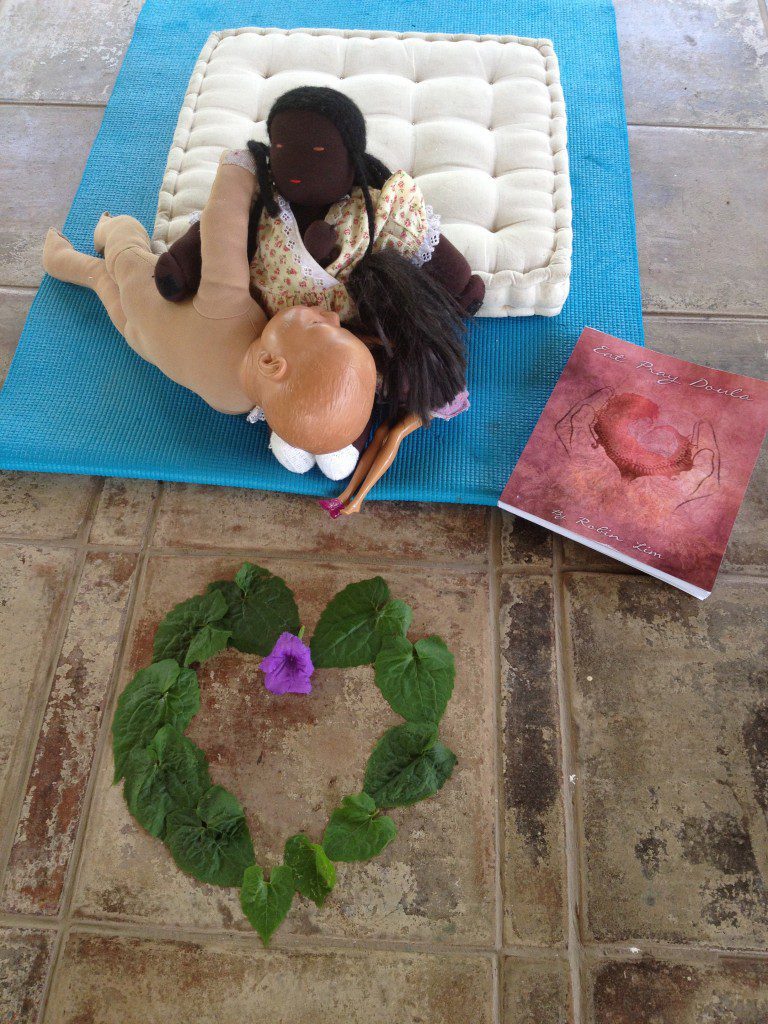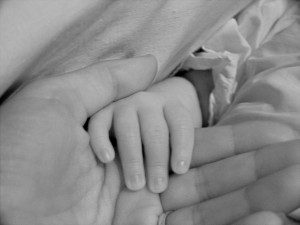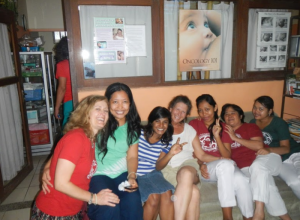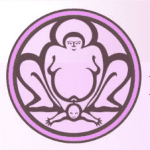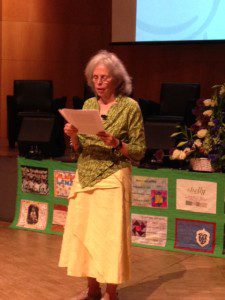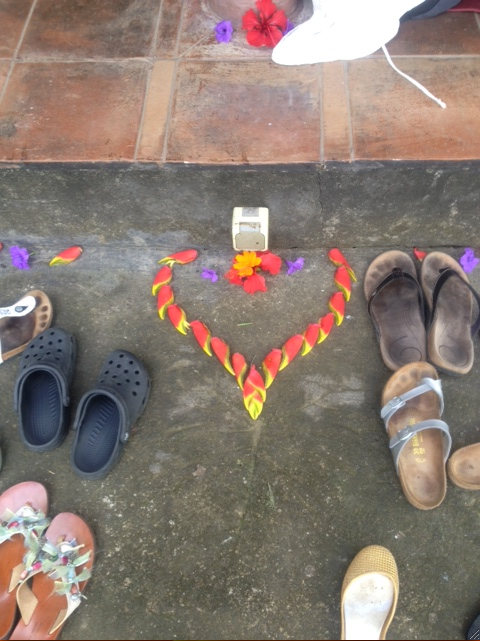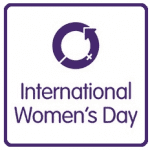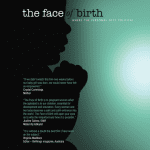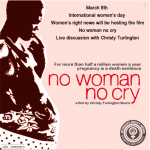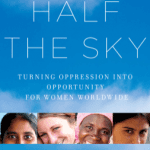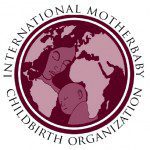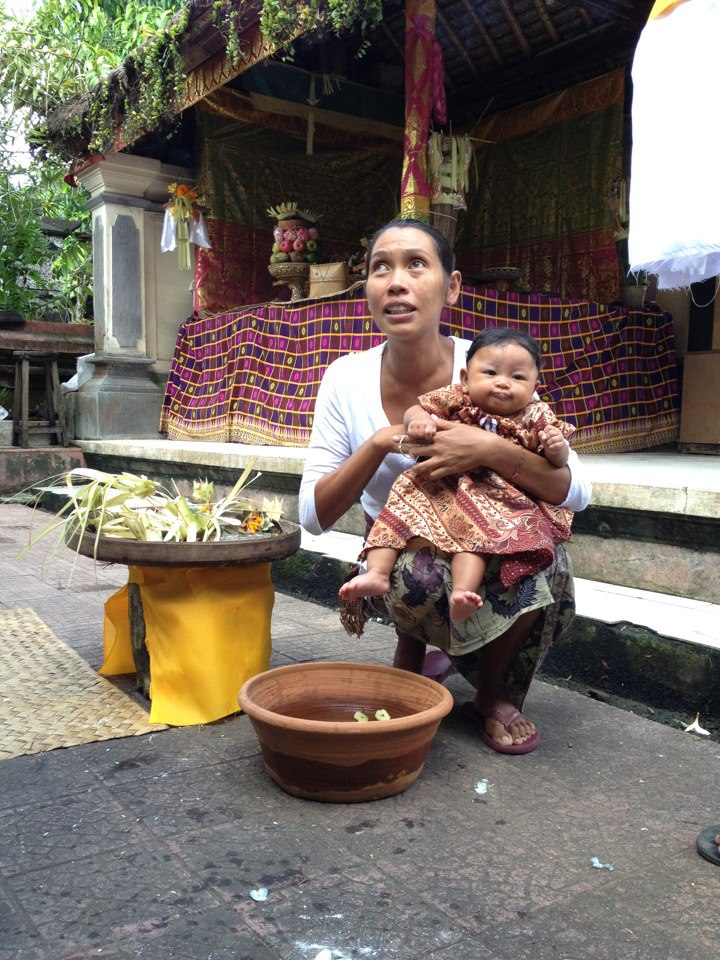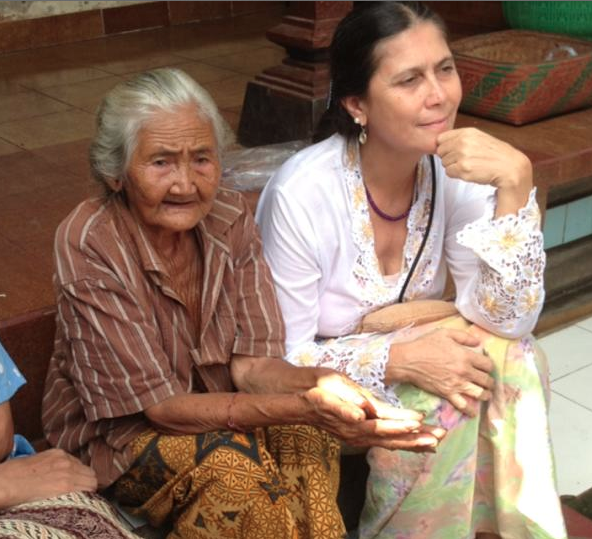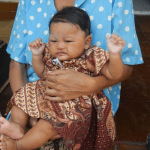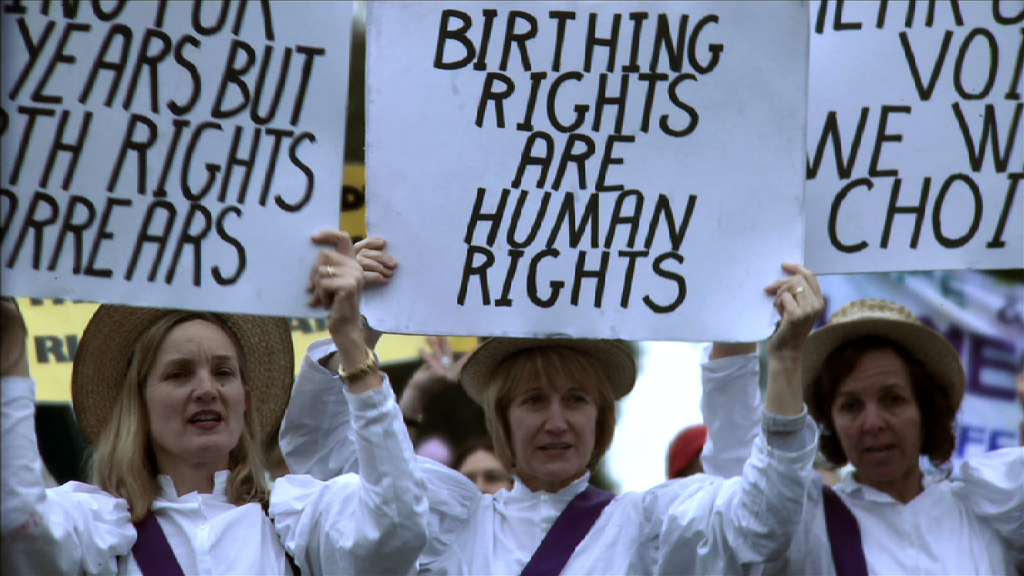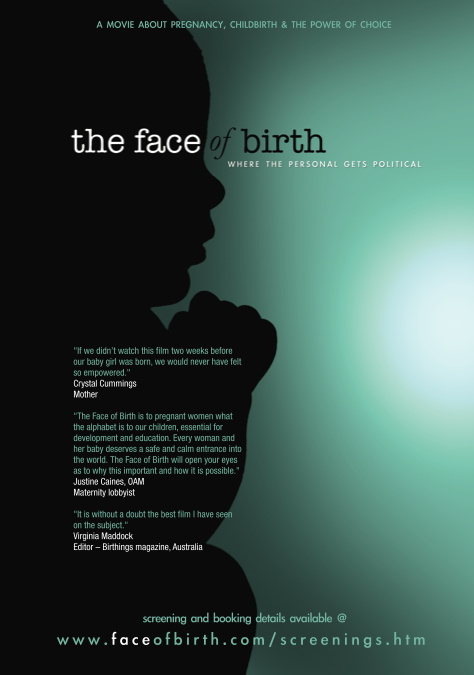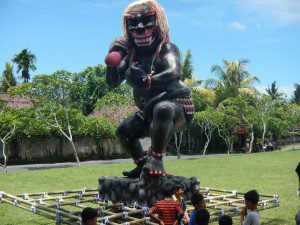 As I leave Bali to return to the U.S. I am enjoying a feeling of inner peace. I am grateful for many deepened connections to the people and the spirit of Bali. For Ibu Robin Lim and her dedication and passion for Gentle Birth, the MotherBaby’s of Indonesia and her work at Bumi Sehat. To Katherine Bramhall, a dedicated midwife, co-teacher and friend who reminds me to work on simplicity, to smile and savor each moment.
As I leave Bali to return to the U.S. I am enjoying a feeling of inner peace. I am grateful for many deepened connections to the people and the spirit of Bali. For Ibu Robin Lim and her dedication and passion for Gentle Birth, the MotherBaby’s of Indonesia and her work at Bumi Sehat. To Katherine Bramhall, a dedicated midwife, co-teacher and friend who reminds me to work on simplicity, to smile and savor each moment.

